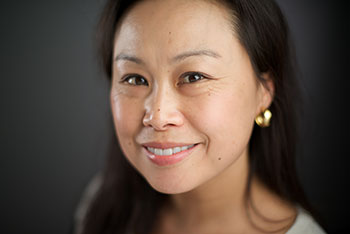News | July 23, 2014
Making science useful
Over the last 60 years or so, we have discovered that only about half of the carbon dioxide we emit into the atmosphere stays in the atmosphere. Where is the other half going? Is it being absorbed by the oceans or vegetation on land? The answer is critical if we’re to fully understand the future climate change in store for us and the impact of our emissions. The flight of OCO-2 will unveil new answers.
What excites you about the job?
I like to be challenged all the time. I need to learn new things and have the chance to become better. I work with folks who are literally the best in the world at their job. There is nothing more motivating than getting to learn something new everyday, and working hard not to look foolish in front of people you respect.
OCO-2 is now in orbit above the Earth. What are you most excited about now that the mission is flying?
I might sound like a broken record, but I am really looking forward to the data that comes out of the mission. I really want to help the project get its data into the hands of people and those who can apply the science we uncover in useful ways.
Complete this sentence: At heart, I'm just a frustrated …
Nothing. This may sound strange but I don’t remain frustrated. It’s not in my personality. If something does frustrate me, I either solve it or resolve it. I refuse to live my life frustrated. Those who know me understand.
What do you think the mission’s legacy will be?
The pioneering carbon dioxide measurements that the mission will take, which people will reference for years to come.
After OCO-2, what's next for you?
If the timing is right, I am going to take some time off and just fly. I have my private pilot’s license for rotorcraft/helicopters and would like to work towards a commercial license for rotorcraft.
How would you like to be remembered?
Oh that’s easy, by those whom I love.






